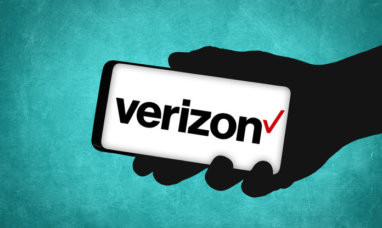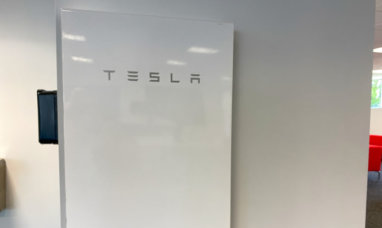The Spotify Technology S.A. (NYSE:SPOT) brand is ranked number 66 on Interbrand’s list of the Best Global Brands. Additionally, Spotify’s revenue has doubled since 2018 while free cash flow (“FCF”) remains positive. Despite this, the stock has declined 36% from its first public offering over four years ago.
Here are three reasons why Spotify (NYSE:SPOT) is positioned for long-term success:
Currently, Spotify Is Inexpensive
According to GAAP accounting, the corporation reported a $34 million loss in its 2021 annual report. In my opinion, the statistics do not reflect the company’s economic performance. I am firmly in favor of investing in both marketing and R&D. Due to the belief that R&D and marketing cannot promise future economic value, they are now expensed as incurred and not considered investments. But in my perspective, no investment can ensure this.
This notion is supported by Spotify (NYSE:SPOT) CFO Paul Vogel’s comments on the company’s intention to expand its advertising business. He said “When we planned to expand our advertising business outside of the United States, we had a well-defined model for the revenue increase and expenditures involved with achieving our objectives. And in the short term, this expense impacts our operating expenses prior to the revenue increase. However, we anticipate that this investment, primarily in personnel, will result in LTV (lifetime value) enhancements. And on a more traditional financial return perspective, we estimate this investment to deliver a double-digit ROI over the following three years.”
The other significant advance is the legalization of R&D commercialization. The law permits corporations to capitalize R&D over a period of 5 or 15 years. Assume Spotify (NYSE:SPOT) is able to capitalize all R&D over a five-year period, as this is more tax-efficient. Their expenses would decrease by $730 million, resulting in a $696 million net profit. The company would be valued at 27 times earnings. Noting that taxes incurred an additional $241 million in 2021 due to deferred tax, normalized earnings are closer to $937 million (21x earnings). In both instances, the price is modest relative to the 30-year U.S. government bond trading at 32x.
The Absence of Distinction Is a Plus
Spotify’s music streaming offers significant advantages over video (Pershing Square Tontine)
This PowerPoint was presented by Pershing Square at an event when they announced their investment in Universal Music Group. The comparison demonstrates a significant advantage for Spotify (NYSE:SPOT); unlike video streaming services, music streaming services are required to have the entire catalog of content. Therefore, audio streamers do not need to invest billions of dollars to differentiate their content inventory.
This has been a focus for investors in video-streaming companies such as Netflix Inc. (NASDAQ: NFLX) and The Walt Disney Company (NYSE:DIS). It also indicates that Apple Inc. (NASDAQ: AAPL) and Amazon.com Inc. (NASDAQ:AMZN) cannot use their billions to acquire Spotify (NYSE:SPOT), as they have with Roku Inc. (NASDAQ:ROKU). Everything the buyer desires is within the authority of the music publishers, who have an interest in the pervasiveness of material.
The only way to compete with Spotify (NYSE:SPOT) is by providing a superior user experience. Big tech cannot outspend them since the content is available to everyone, they cannot acquire music publishers due to regulatory restrictions, and they cannot offer a cheaper offering because Spotify (NYSE:SPOT) is already free.
Spotify is equivalent to YouTube for Audio
The only real challenge for Spotify (NYSE:SPOT) is their inability to compete with the three main music labels, which is where the two-sided market comes in. While the strength of the music labels and publishers protects Spotify (NYSE:SPOT) against the danger of big tech, it is detrimental to the company’s gross profits. Mark Mahaney remarked that the company’s low gross margin is concerning, “the single biggest factor behind Spotify’s share price underperformance, we believe.”
Instead of taking on the music industry, Spotify (NYSE:SPOT) is attempting to leverage this difficulty to its benefit. The company discovered that the presence of so many artists on its platform affords it the chance to create a SaaS-like business for its creators. Therefore, the corporation will absorb the margin erosion from publishers and make up for it by charging content-creators for promotional tools.
Charlie Hellman, the company’s global head of music product said “These marketplace organizations have been the key factor in the expansion of our music industry’s gross margins. Moreover, given the robust growth rates, this income will continue to be the major driver in our efforts to increase our margins.”
Featured Image: DepositPhotos © Csp_Megapixl















